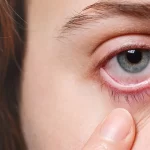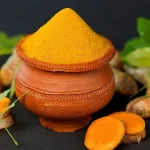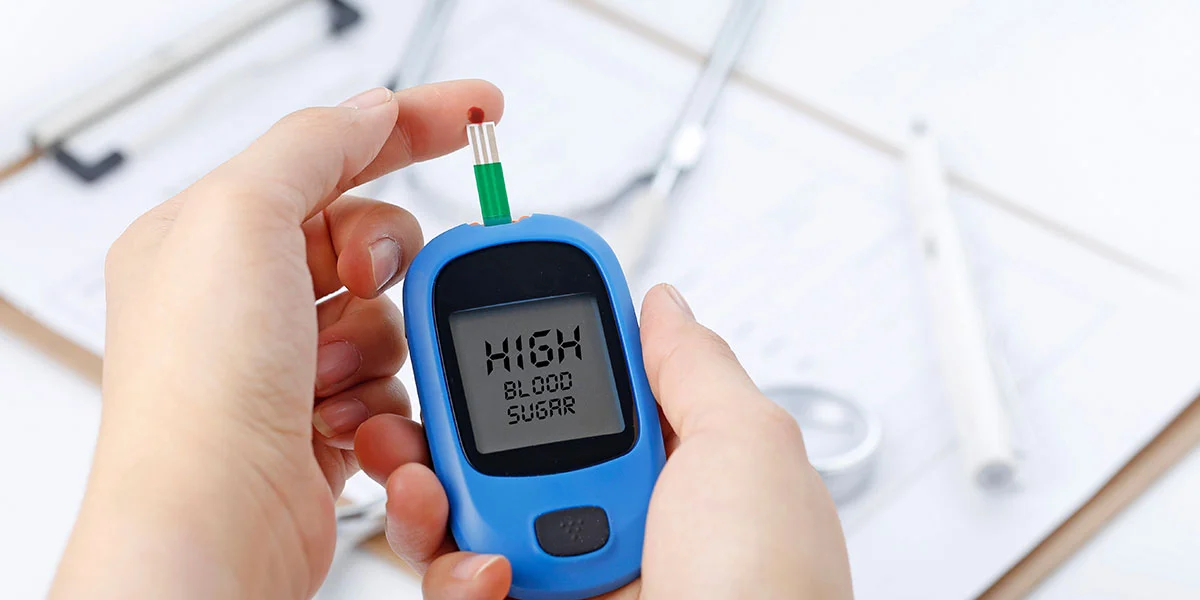Body Massage is a therapeutic practice that involves manipulating the muscles and soft tissues of the body to promote relaxation, relieve tension, reduce stress, and improve overall well-being. Massage therapy has been used for thousands of years in various cultures and is known to offer numerous physical and mental health benefits.
During a typical body massage session, a licensed massage therapist will use their hands, fingers, elbows, forearms, and sometimes specialized tools to apply pressure and knead different areas of the body. The pressure can range from gentle to deep, depending on the individual’s preferences and needs.

Some common types of body massages include:
- Swedish Massage: A gentle and relaxing massage that uses long strokes, kneading, tapping, and circular motions to improve circulation and promote relaxation.
- Deep Tissue Massage: This massage targets deeper layers of muscles and connective tissues to release chronic muscle tension and knots. It may involve more intense pressure than a Swedish massage.
- Sports Massage: Designed for athletes, this massage focuses on specific muscles and joints to enhance performance, prevent injuries, and aid in recovery.
- Thai Massage: A traditional massage from Thailand that involves stretching, yoga-like positions, and acupressure to improve flexibility and energy flow.
- Hot Stone Massage: Heated stones are placed on specific areas of the body to help relax muscles and promote deep relaxation.
- Aromatherapy Massage: Essential oils are used during the massage to enhance relaxation and mood.
Before getting a body massage, it’s essential to communicate with the massage therapist about any specific health concerns, injuries, or areas of tension you’d like them to focus on. Additionally, ensure that you go to a reputable and licensed massage therapist to ensure a safe and effective experience.
Massage can have many positive effects, including reducing muscle tension, improving circulation, boosting the immune system, relieving anxiety and stress, and promoting a sense of well-being. However, if you have certain health conditions or injuries, it’s essential to consult with a healthcare professional before receiving a massage, as there may be some contraindications.
Types of Body Massages
There are numerous types of body massages, each with its own techniques and focuses.
Here are some of the most common types of body massages:
- Swedish Massage: A gentle and relaxing massage that uses long strokes, kneading, tapping, and circular motions to improve circulation and promote relaxation.
- Deep Tissue Massage: This massage targets deeper layers of muscles and connective tissues to release chronic muscle tension and knots. It may involve more intense pressure than a Swedish massage.
- Sports Massage: Designed for athletes, this massage focuses on specific muscles and joints to enhance performance, prevent injuries, and aid in recovery.
- Thai Massage: A traditional massage from Thailand that involves stretching, yoga-like positions, and acupressure to improve flexibility and energy flow.
- Hot Stone Massage: Heated stones are placed on specific areas of the body to help relax muscles and promote deep relaxation.
- Aromatherapy Massage: Essential oils are used during the massage to enhance relaxation and mood.
- Shiatsu Massage: Originating from Japan, this massage involves applying pressure with fingers, thumbs, and palms to specific points on the body to improve energy flow.
- Reflexology: This massage focuses on applying pressure to specific points on the hands and feet that are believed to correspond to various organs and systems of the body.
- Pregnancy Massage (Prenatal Massage): Specifically designed for pregnant women, this massage helps alleviate discomfort associated with pregnancy, such as back pain and swollen feet.
- Lymphatic Drainage Massage: A gentle massage technique that aims to promote the flow of lymph fluid in the body, which helps to detoxify and boost the immune system.
- Craniosacral Therapy: This gentle massage targets the head and spine to release tension and improve the flow of cerebrospinal fluid, promoting relaxation and overall well-being.
- Myofascial Release: This massage technique focuses on releasing tension and restrictions in the fascia, the connective tissue that surrounds muscles, to relieve pain and improve mobility.
- Ayurvedic Massage: Derived from traditional Indian medicine, Ayurvedic massage incorporates warm oils and specific techniques tailored to an individual’s dosha (body type) to restore balance and harmony.
- Chair Massage: A shorter, clothed massage usually performed on a special massage chair, focusing on the neck, shoulders, back, and arms for quick relaxation and stress relief.
These are just a few examples of the various types of body massages available. Each massage type offers different benefits, so it’s essential to choose one that suits your preferences and addresses your specific needs. Remember to consult with a licensed massage therapist to determine the most suitable massage technique for you.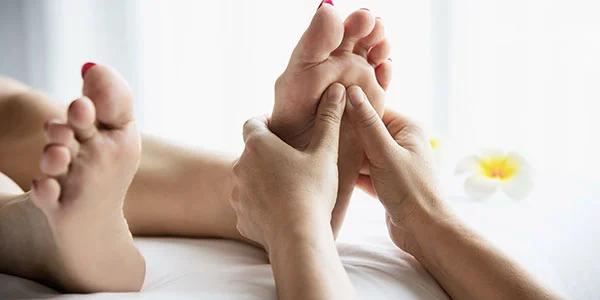
Benefits of Body Massages
Body massage offers a wide range of physical, mental, and emotional benefits.
Some of the key benefits of body massage include:
- Relaxation and Stress Reduction: Massage promotes relaxation by releasing endorphins, the body’s natural feel-good hormones. It helps reduce cortisol levels, the stress hormone, leading to a calmer and more peaceful state of mind.
- Muscle Tension Relief: Massage therapy targets muscle knots and areas of tension, helping to release tight muscles and improve flexibility. It can be particularly beneficial for individuals with chronic muscle pain or stiffness.
- Improved Circulation: Massage techniques encourage better blood flow, which helps deliver oxygen and nutrients to cells while removing waste products. Improved circulation can also help reduce swelling and inflammation.
- Enhanced Immune System: Regular massages have been shown to boost the immune system by increasing the activity of natural killer cells and lymphocytes, which play a crucial role in defending the body against infections.
- Pain Management: Massage can provide relief from various types of pain, including headaches, back pain, and pain associated with conditions like arthritis and fibromyalgia.
- Better Sleep: The relaxation and stress-reducing effects of massage can contribute to improved sleep quality and better overall sleep patterns.
- Lower Blood Pressure: Studies have shown that massage therapy can lead to a decrease in blood pressure, which can benefit individuals with hypertension or prehypertension.
- Improved Posture: Massage can help release tension in muscles and joints, leading to better posture and reduced strain on the body.
- Increased Flexibility and Range of Motion: Regular massage can improve joint mobility and flexibility by stretching and manipulating the muscles and connective tissues.
- Enhanced Mental Clarity and Focus: Massage can help clear the mind and improve mental focus, making it beneficial for those dealing with stress or mental fatigue.
- Emotional Well-Being: Massage therapy has been shown to reduce symptoms of anxiety and depression and promote a sense of well-being and emotional balance.
- Faster Recovery from Exercise or Injury: Athletes often use massage therapy to speed up recovery after intense training or sports-related injuries.
- Improved Skin Health: Some massages involve the use of oils and lotions that can nourish and moisturize the skin, promoting a healthy and radiant complexion.
- Increased Body Awareness: Regular massages can help individuals become more attuned to their bodies, leading to better self-care and awareness of areas that might need attention or further treatment.
It’s important to note that while massage therapy can offer numerous benefits, it may not be suitable for everyone, especially those with certain health conditions. If you have any medical concerns or specific health issues, it’s best to consult with a healthcare professional before receiving a massage. Additionally, always ensure that you seek massage therapy from a licensed and experienced massage therapist to ensure a safe and effective experience.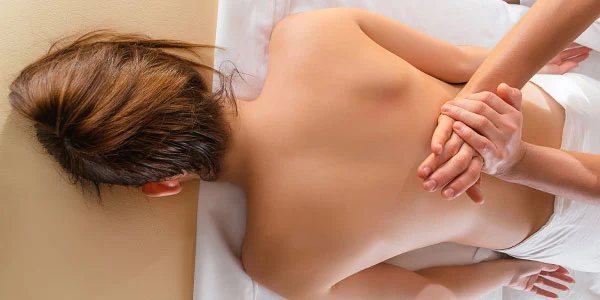
Oils Used while Body Massages
The choice of massage oil can vary depending on individual preferences, skin type, and the specific goals of the massage. There is no one-size-fits-all answer to the best oil for body massage, as different oils offer various benefits.
Here are some commonly used massage oils and their characteristics:
- Jojoba Oil: This oil closely resembles the natural sebum produced by the skin, making it an excellent option for all skin types, including sensitive skin. It is easily absorbed, non-greasy, and leaves the skin feeling nourished.
- Sweet Almond Oil: It is one of the most popular massage oils due to its pleasant aroma, smooth texture, and moisturizing properties. It is suitable for most skin types and is often used as a carrier oil for essential oils.
- Grapeseed Oil: Light and easily absorbed, grapeseed oil is a good option for oily or acne-prone skin. It is rich in antioxidants and can help promote skin health.
- Coconut Oil: Coconut oil is known for its moisturizing properties and delightful tropical scent. It can be solid at room temperature but melts upon skin contact, making it easy to work with during a massage.
- Olive Oil: A common household oil, olive oil can also be used for massage. It is rich in antioxidants and can leave the skin feeling soft and hydrated.
- Apricot Kernel Oil: This oil is suitable for most skin types and is often used in aromatherapy massages. It has a light texture and contains vitamins A and E.
- Sesame Oil: Widely used in Ayurvedic massage, sesame oil is believed to have therapeutic properties and is beneficial for nourishing the skin and relaxing the muscles.
- Avocado Oil: Avocado oil is rich in essential fatty acids and vitamins A, D, and E. It is nourishing and beneficial for dry or mature skin.
- Sunflower Oil: Sunflower oil is light and non-greasy, making it suitable for various massage techniques. It contains vitamin E, which helps maintain skin health.
When choosing a massage oil, consider factors such as the client’s skin type and any allergies they may have. Additionally, the massage style and any desired aromatherapy benefits can influence the choice of oil. Some massage therapists also prefer to mix different oils to create a custom blend that suits their client’s needs.
It’s essential to use high-quality, pure, and preferably organic oils, free from additives or artificial fragrances, for the best massage experience. Always perform a patch test on a small area of the skin to check for any adverse reactions before using a new oil for massage.
Read these Articles also:
- Turmeric for Acne: The Ultimate Guide to Clear and Glowing Skin
- Tallow for Skin Care: Benefits, Side Effects and How to Use
- Neem Benefits for Skin | Younger Glowing Skin and Hair
- Olive Oil Massage | Benefits and Side Effects for Male and Female
If you don’t like this article/post please share your feedback.


